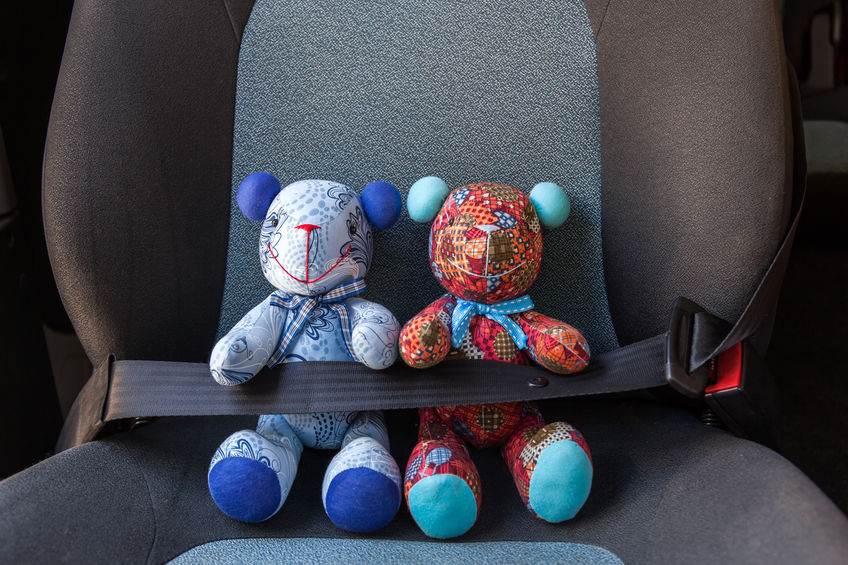
Traveling to new places can be an exhilarating experience for you and your kids. But from time to time, our kids can get a little homesick. That’s why many of them bring their trusted stuffed animal friend with them for the trip. Acting as a source of comfort, there are many benefits to your child bringing their stuffed animal along for the ride.
It reminds them of home
Many travelers pack a beloved stuffed animal when they go on trips because it reminds them of home when they have to be away. After all, going to a new place can be scary as much as it is exciting. Having their stuffed animal at their side can help your child transition to a new place more easily.
It will help them sleep
The first few nights in a hotel can be difficult for your child. They’re in a new place with different sounds. As such, they could get nervous when going to sleep at night. Their stuffed animal can help protect them and make them feel safe in strange, dark surroundings.
Stuffed animals are part of the family
To some, the stuffed animal is part of the family. When you go on a family vacation or a trip, you don’t leave some of your family behind; you take them all with you. So, why would you leave a beloved stuffed animal behind? Your child’s stuffed animal wants to enjoy the trip as much as they do!
Here at The Zoo Factory, we think every child should bring along their favorite stuffed animal on their next adventure. To find a stuffed animal for your child, look through our website today!
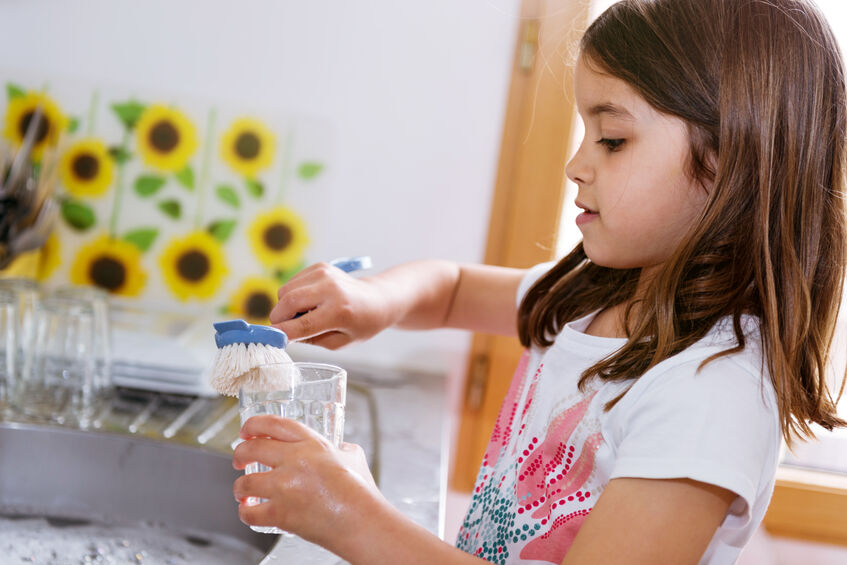

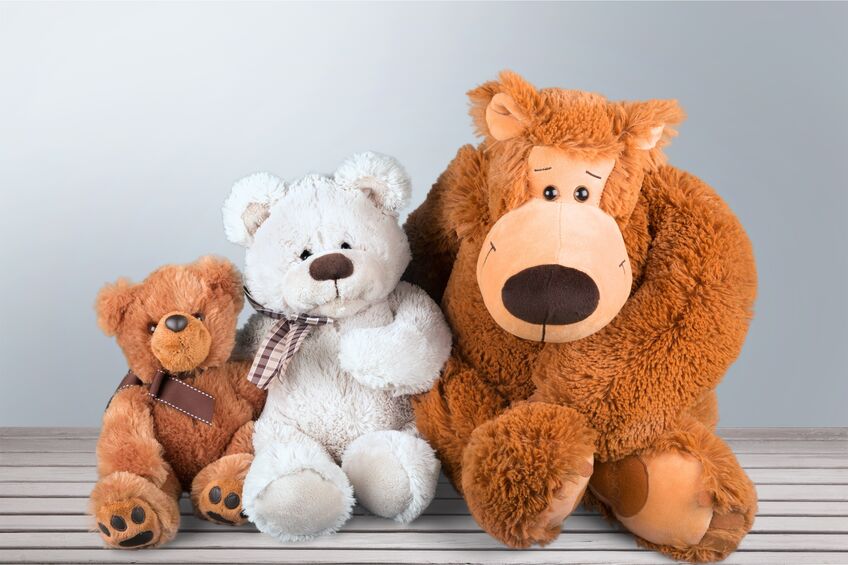

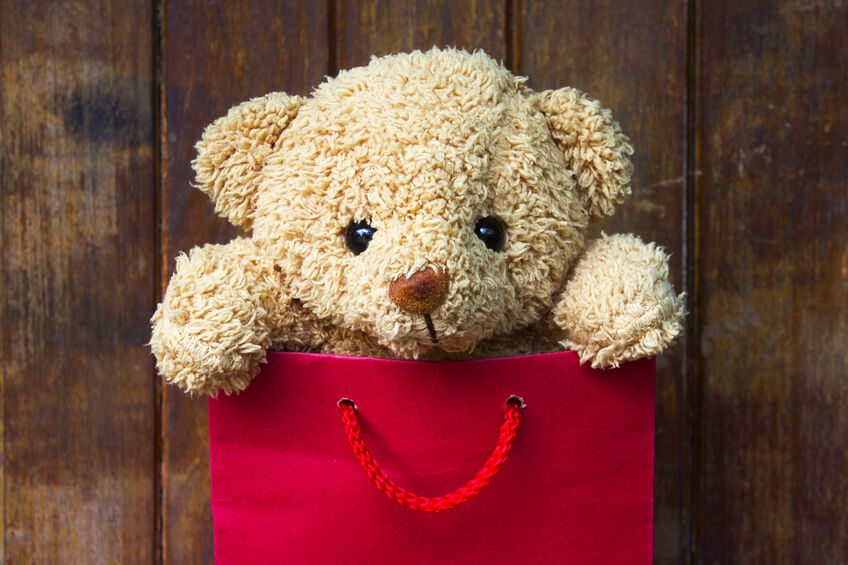
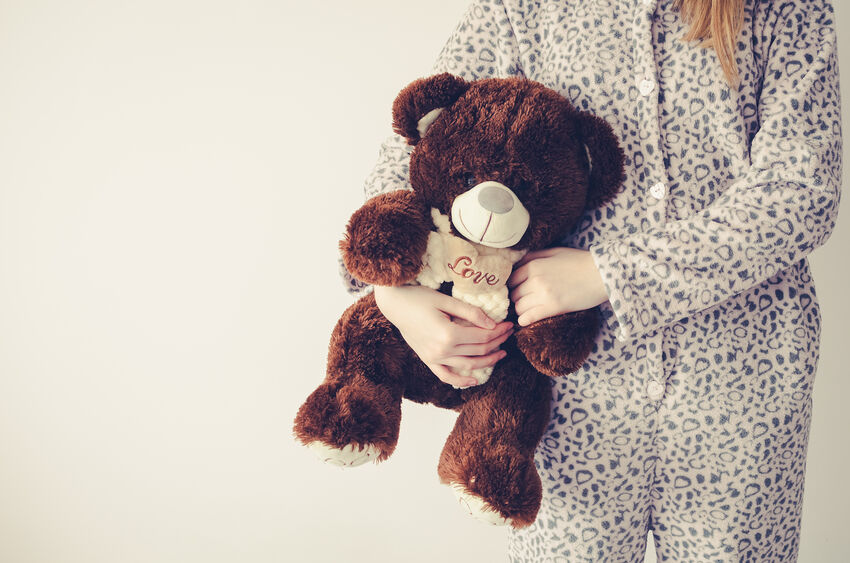

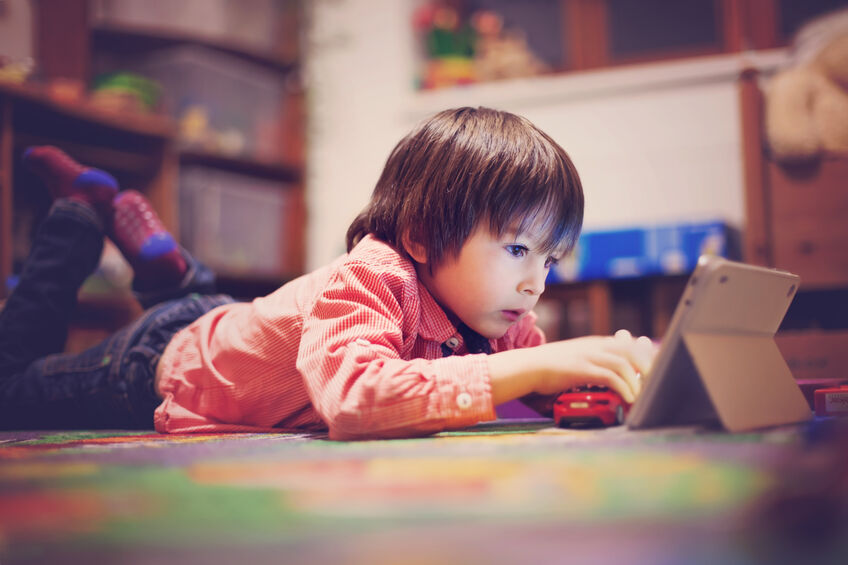
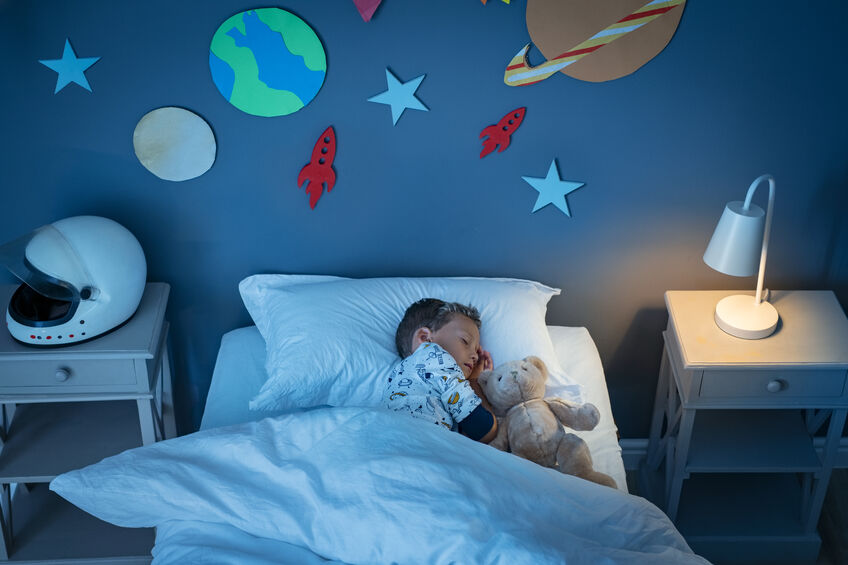
Recent Comments